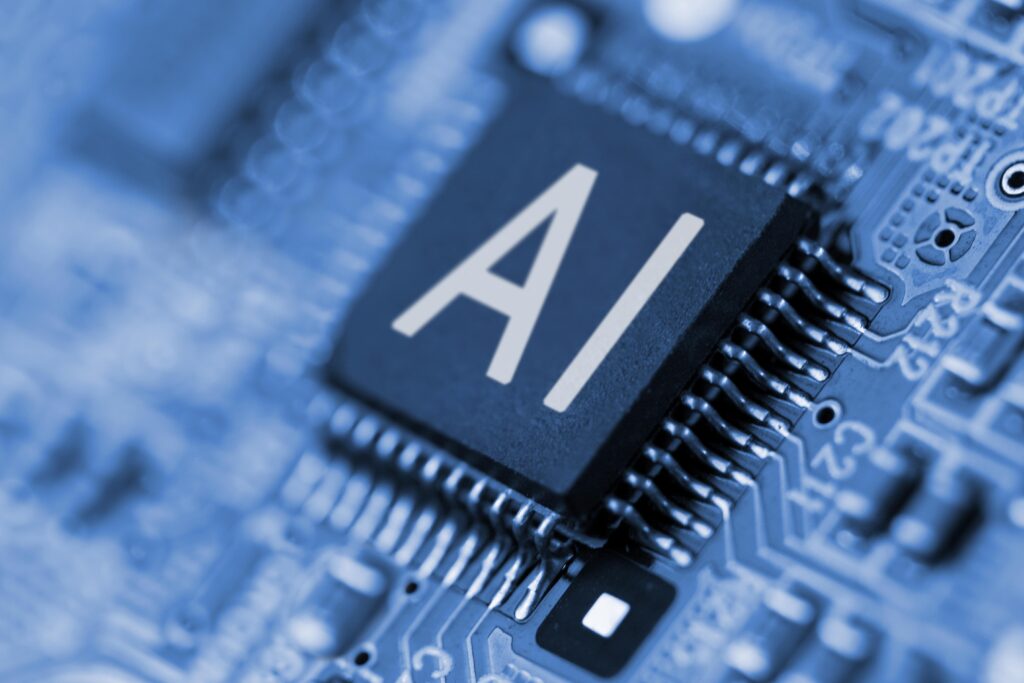Applicant Tracking Systems
The Evolution of Applicant Tracking Systems: From Resumes to AI and Beyond
Gone are the days when job applications were handwritten letters, meticulously posted and sorted manually by HR staff. From those rudimentary beginnings, we’ve transitioned into an era where machines, powered by sophisticated algorithms, often stand between a job seeker and their dream job. This journey traces the evolution of Applicant Tracking Systems (ATS) from their simple origins to the AI-driven powerhouses of today.
1. The Early Days: Electronic Storage
In the late 20th century, as computers began permeating every aspect of business, HR departments started transitioning to electronic databases. These systems merely stored resumes, acting as a digital filing cabinet, and relied heavily on manual inputs for categorization and search.
2. The Birth of the ATS
The rise of the internet and online job boards in the 90s led to a surge in electronic job applications. It became increasingly cumbersome for HR teams to manage and sift through the deluge of resumes. The first ATS systems emerged in response, enabling companies to filter applications based on specific criteria like keywords, years of experience, and educational qualifications.
3. ATS Gets Sophisticated: Advanced Filtering and Analytics
As technology advanced, so did the features offered by ATS platforms. By the 2000s, most ATS systems incorporated advanced keyword matching, Boolean search functionality, and even rudimentary analytics. These features allowed recruiters to derive insights about the hiring funnel, such as which sources produced the most candidates or which roles had the highest drop-off rates.
4. The Era of Integration
The next phase in ATS evolution was integration. Companies realized the benefits of having interconnected HR tools. Consequently, ATS platforms started integrating with job boards, HR management systems, and interview scheduling tools, creating a seamless recruiting ecosystem.
5. Mobile Responsiveness and Cloud Migration
With the widespread adoption of smartphones, candidates began applying for jobs on-the-go. ATS providers responded by ensuring their systems were mobile-friendly, allowing applicants to easily submit their credentials from any device. Concurrently, many ATS transitioned to cloud platforms, offering greater scalability and remote accessibility.
6. AI Enters the Fray
The most significant leap in ATS evolution has been the integration of Artificial Intelligence. Modern systems utilize AI to:
- Automatically rank candidates based on their suitability for a position.
- Predict how well a candidate might fit into the company culture.
- Identify passive candidates who might be a good fit but haven’t applied.
- Offer chatbot interfaces to answer applicant queries in real-time.
7. Looking Ahead: The Future of ATS
As technology continues to evolve, so will ATS systems. We can anticipate further personalization, where ATS platforms provide individualized feedback to unsuccessful candidates. Virtual reality could also play a role, simulating job environments for potential candidates. Additionally, as concerns about bias in hiring grow, future ATS systems will likely incorporate features to promote diversity and inclusivity.
8. The Role of Big Data and Predictive Analysis
The digital age has ushered in the era of Big Data, and ATS systems haven’t been left behind. These platforms now aggregate vast amounts of data, analyzing patterns and trends in the hiring process. Such insights help companies:
- Spot Talent Trends: By analyzing application data over time, organizations can identify shifts in talent pools, such as emerging skills or declining qualifications.
- Enhance Recruitment Marketing: Using predictive analysis, companies can determine which job boards or platforms yield the highest quality candidates and allocate their resources accordingly.
- Reduce Turnover: By analyzing patterns in successful hires, companies can better identify candidates likely to stay long-term.
9. Personalization and the Candidate Experience
Earlier ATS models were largely employer-centric. However, as the job market has become more competitive, there’s a renewed focus on the candidate experience. Modern ATS platforms offer:
- Tailored Application Processes: Depending on the role or the candidate’s background, the application process can be customized, ensuring it remains relevant and not overly cumbersome.
- Real-time Updates: Candidates can now get real-time status updates on their applications, reducing uncertainty and improving transparency.
- Feedback Loops: Some advanced ATS platforms offer feedback mechanisms, allowing candidates to share their application experience, which companies can use for continuous improvement.
10. Addressing Biases and Promoting Fair Hiring
One of the criticisms of early ATS platforms was their potential to inadvertently introduce biases, particularly when filtering based on keywords. However, newer systems are being designed with fairness in mind:
- Blind Recruitment: Modern systems offer features that mask certain demographic details, ensuring candidates are shortlisted based solely on merit.
- Bias Detection Algorithms: By analyzing hiring patterns, some ATS platforms can alert companies if there appears to be unconscious bias in their recruitment process.
- Diversity and Inclusion Analytics: Companies can now track their hiring practices to ensure they align with diversity and inclusion goals, using the data to drive actionable change.
Conclusion: ATS – A Constant Evolution
The landscape of Applicant Tracking Systems exemplifies the rapid pace of technological innovation. As they evolve, these platforms provide unparalleled insights and automation in the recruitment process, all while striving for a fairer and more inclusive hiring landscape. For job seekers navigating this digital realm, it’s imperative to stay updated, ensuring one’s resume is both ATS-friendly and appealing to human recruiters. If you’re looking to refine your resume to meet these dual needs, explore the expertly crafted templates at Innova Resume shop.

